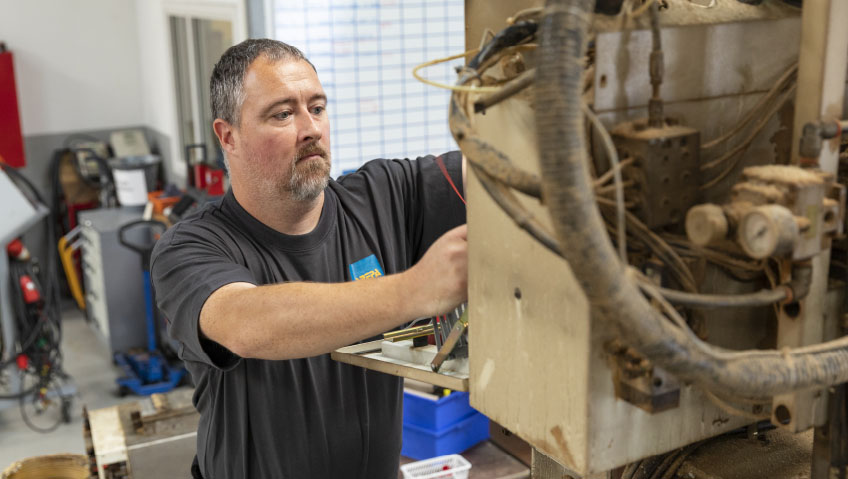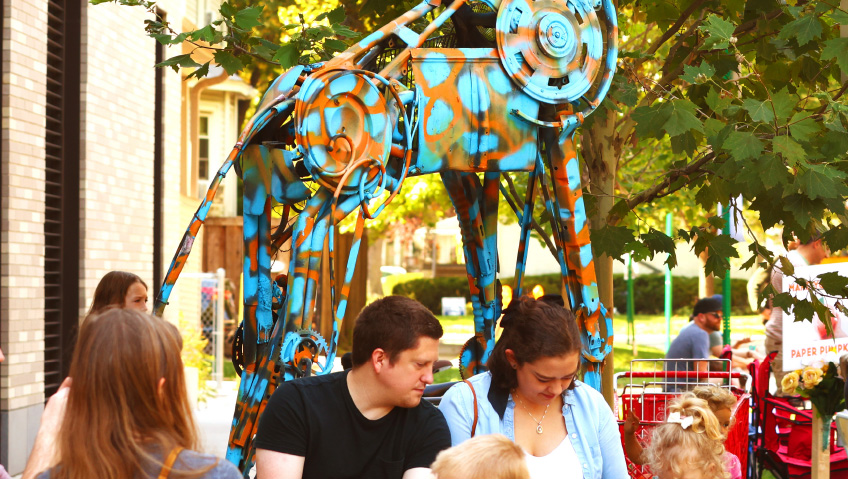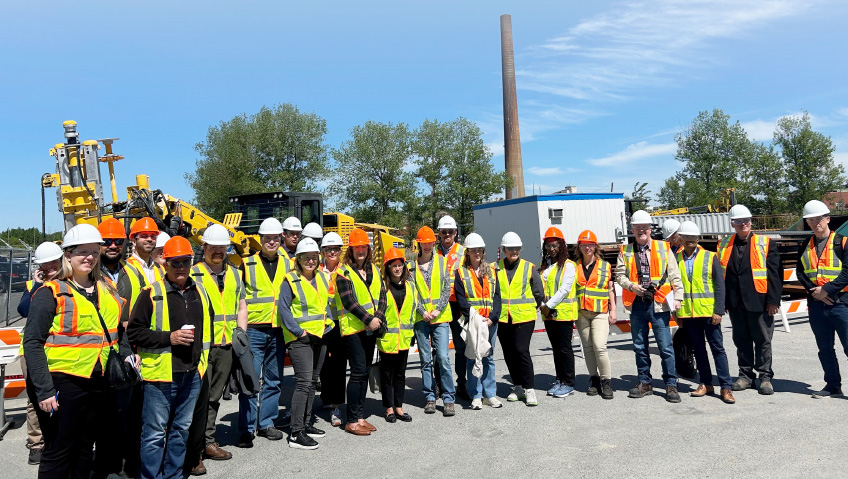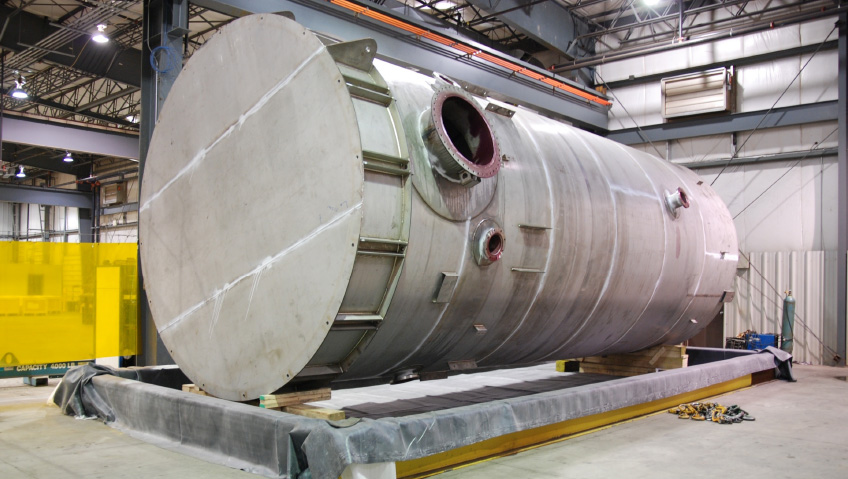It is a common nightmare for anyone who owns a manufacturing or industrial plant that a disaster—natural or otherwise—strikes their facility, damaging specialized technical equipment. The inclination, in such situations, is to throw out any damaged electronics and buy replacements. If a company wants to save time and money, however, they could contact disaster recovery experts AREPA instead.
This global firm has decades of experience in restoring technical equipment that has been damaged by fire, water, oil leakage, corrosion, dust, mold, salt, physical impact, or other scourges. Returning technical equipment to working order speeds a plant’s recovery and benefits the environment as not having to discard damaged electronics means less waste at landfill sites.
“These days, we see disasters happening everywhere. You can’t read the news and not hear about a flood somewhere, a tornado, a typhoon, a sandstorm. There are situations every day that cause valuable custom equipment to be damaged, which in turn can compromise people’s livelihoods if a plant has to shut down. There are ways to recover from these scenarios very quickly, utilizing the same decontamination processes that are employed daily in printed circuit board and semiconductor plants. It’s not common knowledge that this kind of service exists,” states Amir Rubin, Executive Director of AREPA North America, which is headquartered in Deerfield, Illinois.
“Most folks are not prepared for a disaster and view their options as being very limited when considering the need for fast recovery. There was recently a fire in a semiconductor chip manufacturer in Phoenix. The world is being crippled right now by a shortage of chips. One less plant that can produce these chips is not just devastating to the people that work there, but to everyone else that depends on these chips for their assemblies. Recovery is the quickest way to resume production, saving jobs and minimizing downtime for those impacted by product shortages,” he continues.
AREPA’s main services—all of which are self-performed—include emergency response, preservation and stabilization, decontamination, facilitation of repair and recertification with original equipment manufacturers (OEMs), clean lab testing, and preventive reconditioning. Preservation and stabilization centers on slowing or stopping metal surface degradation to avoid pitting. Decontamination involves removing chemicals, soot, and other foreign contaminants from impacted equipment. Clean lab testing entails harvesting samples to quantify the need and the success of the decontamination process. In most facilities smoke does not migrate throughout. Certain areas will be able to resume production immediately, which minimizes business interruption.
Repair and recertification are key aspects of the company’s turnkey recovery services, while preventive reconditioning emphasizes the need to scrutinize operations and keep equipment clean to extend longevity. Once technical equipment has been decontaminated and returned to a pre-loss condition, AREPA works with OEMs to restore functionality and ensure proper calibration. Working with the OEMs ensures that warranties and service contracts are not revoked.
Of these services, “decontamination is the lion’s share of what we do,” says Rubin. “We do help with preservation and stabilization; we perform clean lab testing; and we facilitate repair and recertification, but manufacturers don’t specialize in decontamination post loss.”
The company focuses on commercial equipment for the data center, industrial and manufacturing, renewable energy, marine and offshore, healthcare, and education sectors.
“AREPA can work on equipment from any industry,” he says; however, “We do the most work in industrial and manufacturing plants.”
Perhaps because of its experience dealing with disasters, the arrival of COVID last year did not throw the company off its stride. “COVID didn’t stop hurricanes, tornadoes, flooding, normal accidents, and arson from happening. The need for our service remained strong,” affirms Rubin.
This is not the only company that reconditions technical equipment damaged by fires, floods, and other calamities. Asked how it stands out, he says, “AREPA provides a service that is based on science. Truth be told, our industry is filled with cowboys that chase storms … They’re really no different than ambulance chasers … Every day, two guys and a truck decide that they can fix stuff because there’s insurance money that will pay for it. Insurance carriers are, therefore, leery that equipment that may not be impacted could be cleaned as well, just because it was in the same facility.”
“At AREPA, we think differently. When we walk into a facility, we prove the need for recovery. We quite often also prove, scientifically, our way out of a project, because the equipment was not affected. When you’re working with empirical data, it is what it is.”
The company is also unique in that sustainability and a concern for the environment are core corporate principles. The United Nations Sustainable Development Goals (SDGs) “serve as our foundation to reduce our environmental footprint,” states the company website. By restoring technical equipment, it reduces the amount of electronic waste in landfill sites.
“AREPA is committed to environmental sustainability and our clients who are pursuing more sustainable solutions for their businesses and clients. We’ve been doing this for forty years, so our contributions have benefitted the environment and surrounding communities for some time,” Rubin notes.
AREPA’s eco-friendly ethos is also reflected by its support for the right-to-repair legislation. Right-to-repair laws empower users who want to perform their own repairs on damaged electronics. According to a July 15, 2021, article in the New York Times, this can entail making spare parts and information about the product, including “manuals, schematics and software updates,” readily available, allowing unlocking “so owners can install custom software,” and designing devices “in a way as to make repair possible.”
“Without a service like AREPA’s, equipment owners that sustain a loss would have to replace everything by default. The European Parliament will be coming out with a law next year regarding the right to repair electronics. AREPA has already reached out to the European Parliament regarding expansion of this program,” Rubin says.
Given the company’s focus on sustainability, it is no surprise the firm also supports several philanthropic endeavors. “AREPA is called to help restore businesses and livelihoods. The uncertainty people experience during these challenging times is truly heartbreaking. In many cases, our own employees are impacted by hurricanes and tornadoes. As a people-centric organization, we pride ourselves in going the extra mile,” states Rubin. “Over the years, we’ve donated to terrific organizations such as the International Rescue Committee.”
Since the company was founded in Denmark forty years ago, “its focus has always been on recovery of electronic and electric equipment. For quite some time, AREPA was primarily a European entity that focused on losses in their respective markets. They did serve clients outside of those markets, but most of the business was local. In 2017, Envista Forensics acquired AREPA. Envista is a consulting firm that deals with losses globally. It made a great deal of sense to combine an entity that consulted on losses with one that could actually do the recovery work.”
As a division of Envista Forensics, AREPA has branches in the Netherlands, Sweden, Canada, Denmark and the U.S. The company currently employs about 150 workers, roughly the same number as last year.
“We continue hiring and growing each day!” he continues. “We look for folks with a technical aptitude. We have engineers on the team as well as folks with a high school diploma. Our training takes time. A lot of fieldwork [is required] to build a person’s confidence when it comes to reconditioning equipment they have never seen before.”
This emphasis on training and technical aptitude is important because the company maintains exacting standards.
“All AREPA team members are certified IPC specialists. I’ve never seen any of our competitors obtain this certification. AREPA even has an IPC trainer on staff that trains all new employees. IPC is the bible for the electronics industry,” notes Rubin.
IPC is an international association that offers certification programs and “helps OEMs, EMS, PCB manufacturers, cable and wire harness manufacturers, and electronics industry suppliers build electronics better,” according to its website.
AREPA also wants new hires with open minds and good attitudes. The company encourages a caring and trusting culture and wants staff to be able to express their ideas and share their talents.
For all that, he believes labor is the biggest challenge facing the company at present, not counting COVID. “There is plenty of work. Finding folks that are willing to travel for weeks at a time, be away from home eighty percent of the year or more, is incredibly challenging. Our people are incredible. We embrace them and do everything we can to make working for us as rewarding as possible.”
“We are educating the industry about decontamination as a critical part of preventive maintenance. We do a great deal of work in this space in Europe, although not as much in North America.”
Rubin is very optimistic about the future. “In five years, we’re hoping that AREPA becomes a name that most manufacturers recognize as their partner in recovery.”






